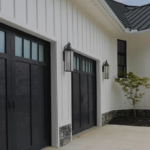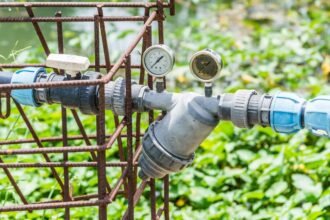Roof maintenance and repair are important aspects of homeownership that often come with a wide range of costs depending on various circumstances. Whether you’re patching a small leak or replacing several damaged shingles after a storm, understanding what drives these expenses can help you make informed decisions and budget more effectively. Many homeowners are caught off guard by the final bill for roofing services because they’re unaware of the factors that go into determining the price. By learning about the most significant cost contributors, you’ll be better equipped to maintain your roof efficiently and avoid unexpected financial surprises.
Type and Extent of Damage
The severity and type of roof damage are among the most significant cost determinants. Minor issues, such as a few missing shingles or a small leak, typically require less labor and fewer materials, making them relatively inexpensive to fix. Extensive water damage, sagging sections, or widespread mold growth can significantly increase the complexity and time required for repairs. These severe issues often demand structural assessments, multiple layers of repair work, and potentially even partial replacement, all of which drive up costs. Early detection and prompt action can help minimize damage and save money in the long run.
Labor and Contractor Expertise
The level of expertise and experience your roofing contractor brings to the table can significantly affect the quality and cost of your repair or maintenance project. Highly skilled professionals often charge more, but their workmanship tends to be more reliable and long-lasting. Factors such as certifications, insurance, and safety standards influence labor costs. When it comes to roofing in Orlando, for example, the region’s weather patterns and building codes require contractors to be particularly knowledgeable about heat and storm resistance, adding a layer of specialization to their work. Choosing the right contractor may involve a higher upfront investment, but it often saves money on future issues.
Roofing Materials Used
The type of materials on your roof has a major impact on maintenance and repair costs. Asphalt shingles, for example, are among the most common and affordable materials, making repairs generally less expensive. Metal, slate, tile, or wood shake roofs tend to be costlier to fix due to their price, specialized installation techniques, and the potential need for expert labor. Matching the new materials with the existing ones can affect costs if the original materials are no longer readily available or were custom-ordered. Knowing your roof’s material can help you anticipate repair expenses more accurately.
Roof Accessibility and Design Complexity
The accessibility of your roof and its architectural complexity can significantly affect how much you’ll pay for maintenance and repairs. A single-story home with a standard pitch is much easier and safer to work on than a multi-story building with steep slopes, multiple valleys, or intricate designs. The more difficult it is for contractors to access and navigate your roof, the more time and equipment they will need, which adds to the total cost. Features like skylights, chimneys, and solar panels can complicate the job, increasing labor time and the need for careful planning to avoid damage to these elements.
Permit Requirements and Local Regulations
Depending on where you live, local regulations and building codes may require permits for certain types of roof repairs or upgrades. These permits often come with fees and may involve inspections before and after the work is completed. Some municipalities have strict codes that demand specific materials or construction methods in areas prone to severe weather or wildfires. Adhering to these standards might increase upfront costs, but it is crucial for ensuring the safety and legality of the work. Failing to comply with permit requirements can result in fines or the need to redo non-compliant work, costing even more in the long run.
Routine Maintenance vs. Reactive Repairs
Proactive maintenance is often significantly cheaper than reactive repairs that are done after something goes wrong. Regular inspections, gutter cleaning, and minor preventative work can extend the life of your roof and help catch potential issues before they escalate into expensive repairs. Many homeowners skip this step, assuming their roof is fine until a leak or draft appears. By then, the damage may be widespread and costly. Creating a maintenance schedule and sticking to it helps distribute the cost and prevents the kind of damage that leads to high repair bills. Prevention is cheaper and more convenient.
Understanding the various factors that contribute to the cost of roof maintenance and repairs can make a significant difference in your financial planning and home care decisions. From the materials used to the experience of your contractor, each element plays a crucial role in shaping the final bill. By staying informed, conducting routine inspections, and addressing small issues before they grow, you can protect your roof and your wallet. Being proactive, knowledgeable, and selective in your approach to roofing care ensures you’re making smart, cost-effective choices for your home’s longevity and value.













